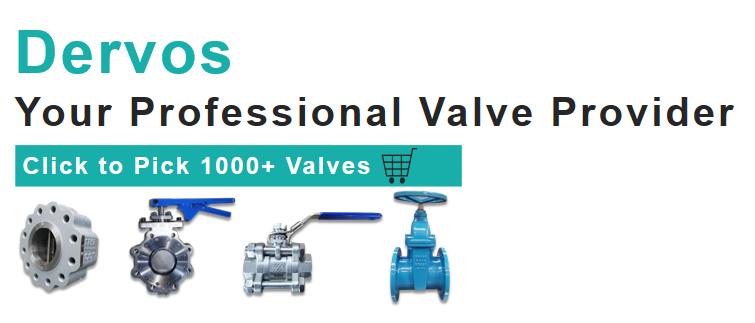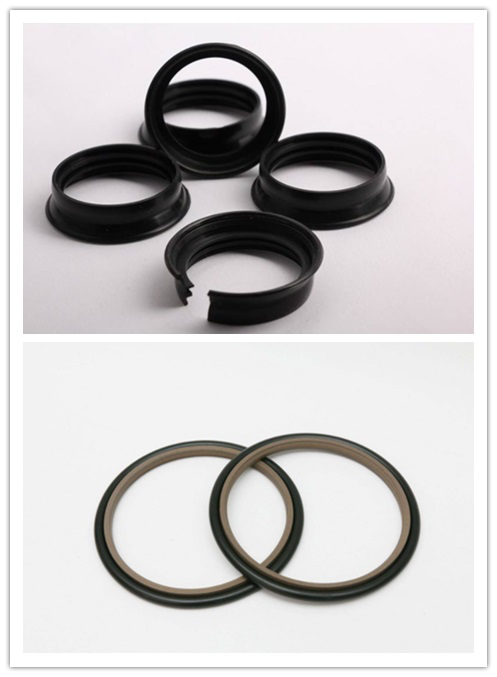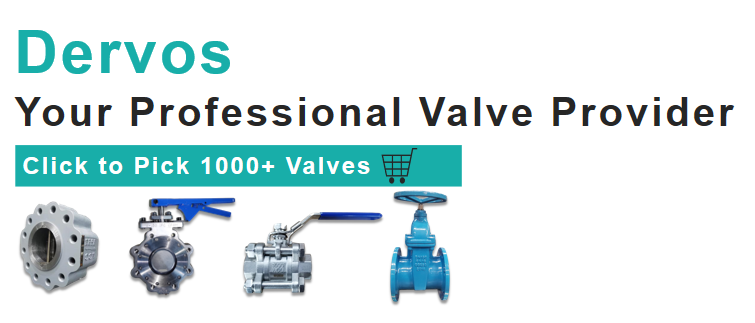Is a Shut-off Valve Directional? Why Install It in the Right Direction?
In the valve industry, shut-off valves are widely used in various industrial piping systems due to their excellent regulation and sealing capabilities. However, a key aspect often overlooked during the installation of shut-off valves is their installation orientation. In reality, shut-off valves have specific directional requirements. Proper installation direction is not only crucial for the valve's sealing performance but also directly affects its service life and operational efficiency.
1. Directionality of Shut-Off Valves
The directionality of a shut-off valve is primarily reflected in the restriction of fluid flow direction. Typically, there is an arrow marking on the valve body indicating the direction of fluid flow. This directional marking is not optional but is designed based on the internal structure and working principle of the shut-off valve. Installing the valve according to this marking is a prerequisite for ensuring the proper operation of the valve.
2. Importance of Installing in the Correct Direction
(1) Ensuring Sealing Performance
One of the design intentions of a shut-off valve is to provide excellent sealing performance. The fluid should flow into the valve from below the seat and exit above the disc. When installed according to this direction, the fluid pressure will push the disc more tightly against the seat, forming a reliable seal. If installed in the reverse direction, the fluid may push away from the contact surface between the disc and the seat, leading to seal failure and potential leakage issues.
(2) Reducing Seat Erosion
When the fluid flows in the designed direction, the impact force on the valve seat is minimized, thereby reducing the risk of erosion and wear. If the fluid flows in the reverse direction, the strong impact force will directly act on the valve seat, potentially causing excessive wear and shortening the valve's service life.
(3) Reducing Operating Force
The closing action of a shut-off valve typically relies on assistance from fluid pressure. When installed in the correct direction, the fluid pressure helps in closing the valve disc, reducing the force required for operation. If installed in the reverse direction, operators will need to apply greater force to close the valve, which not only increases the difficulty of operation but may also accelerate mechanical wear of the valve.
In practical applications, it is essential to follow the fluid flow direction indicated by the arrow on the valve body during installation. This ensures that the shut-off valve's design advantages are fully utilized and guarantees the safety and stable operation of the system.







